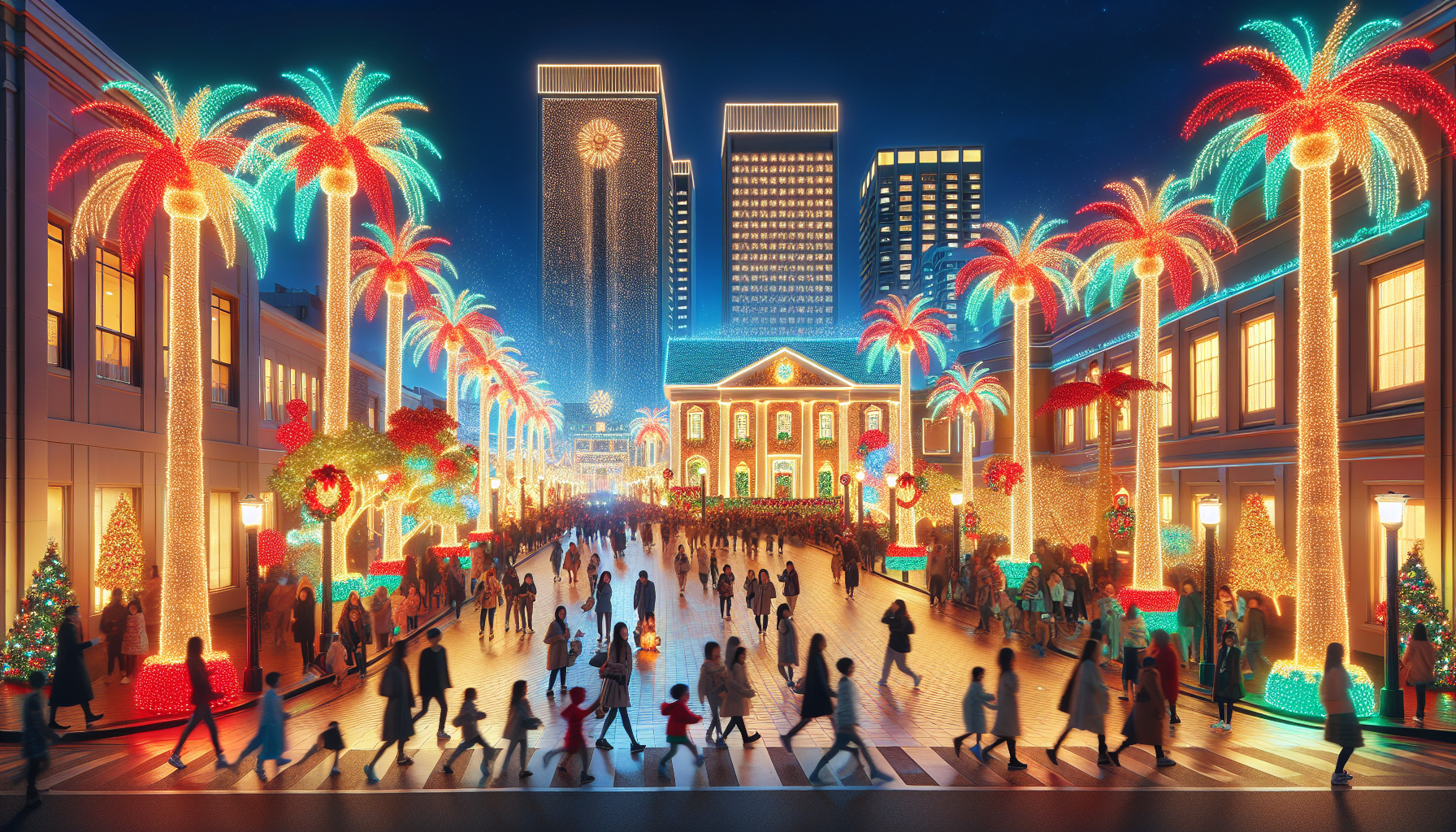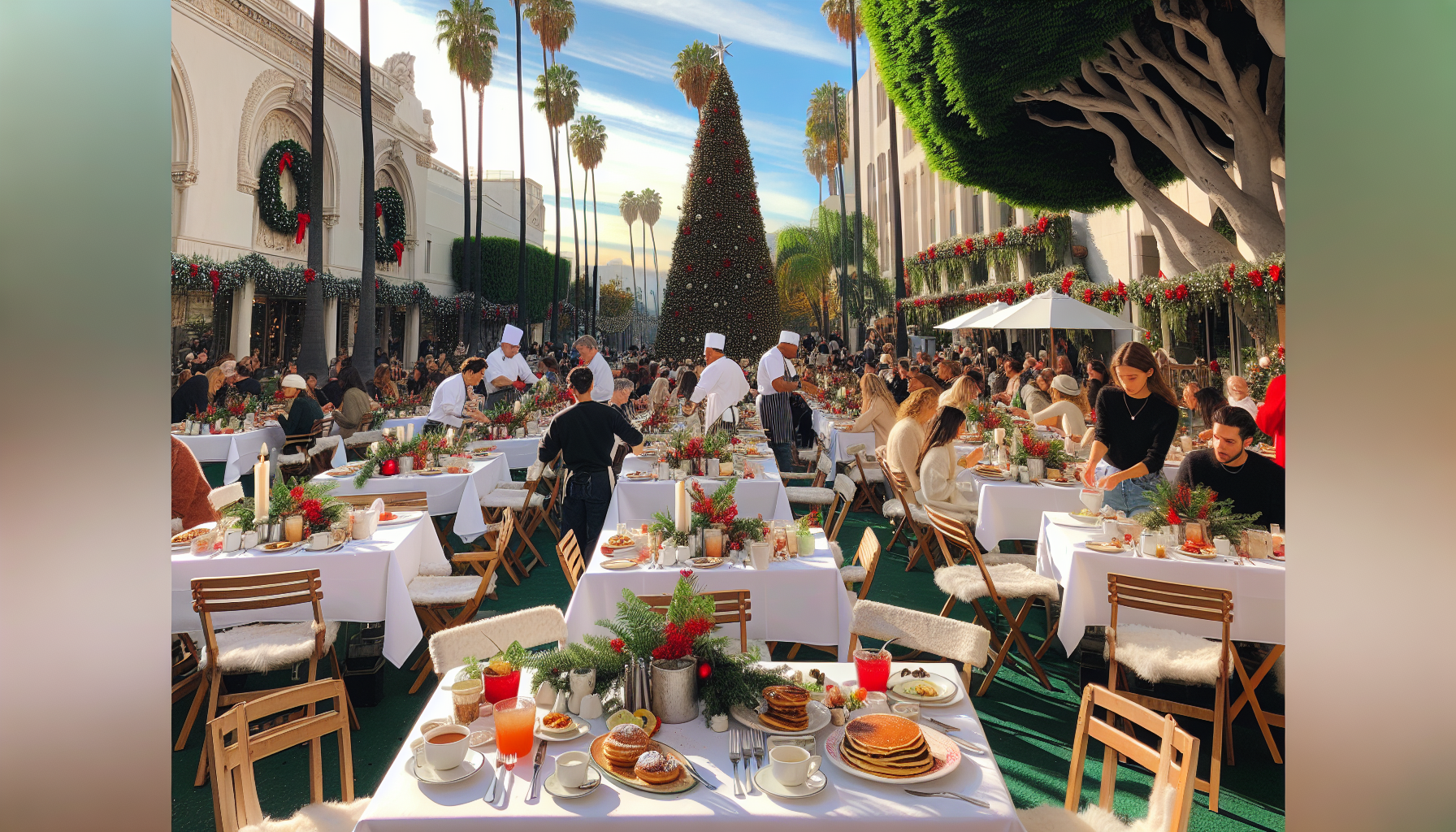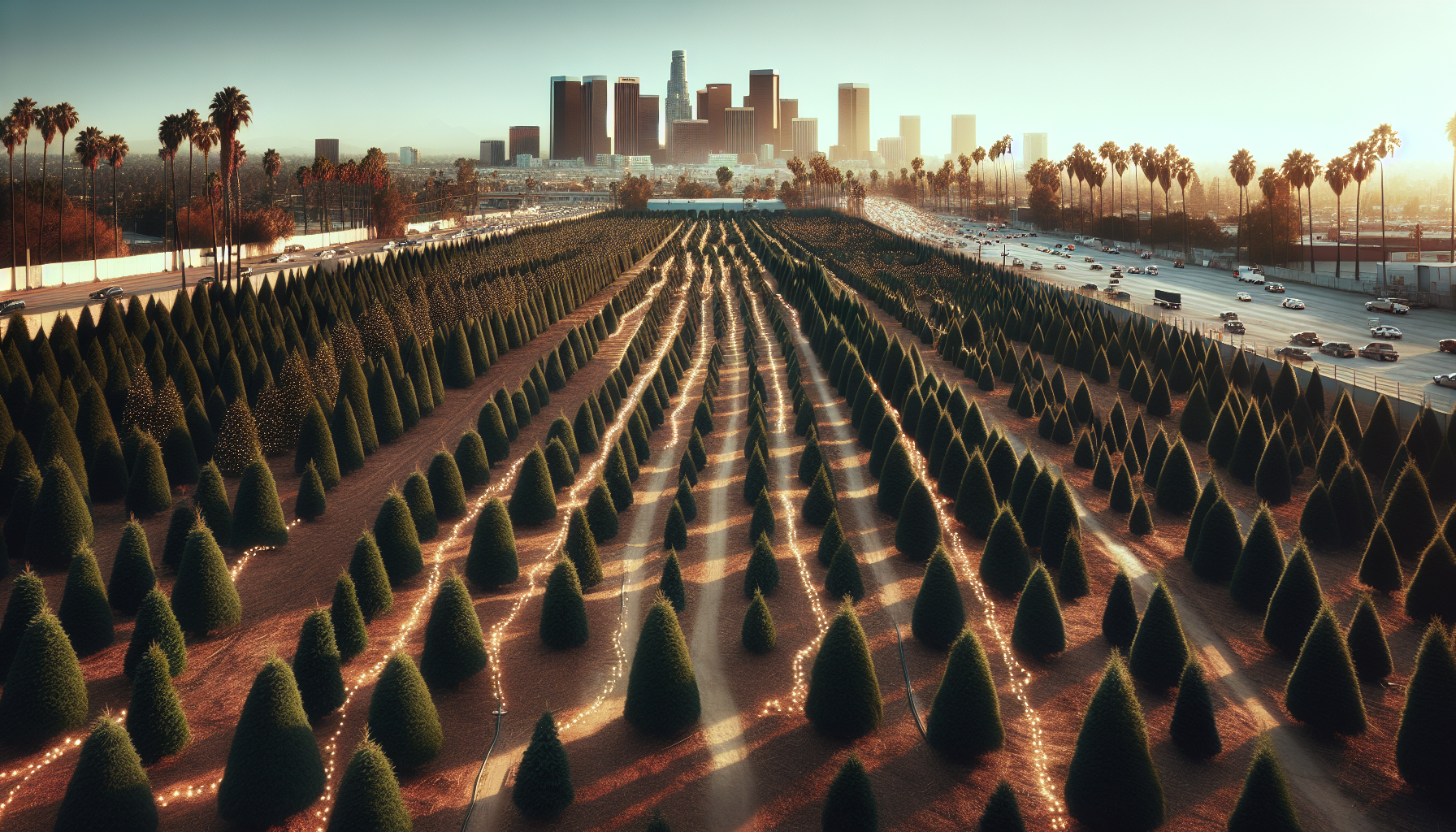Exploring the Wende Museum
When looking for an intriguing museum experience in Los Angeles, the Wende Museum is a must-visit destination. Located in Culver City, California, this museum was founded in 2002 and houses one of the largest collections of art and artifacts from the Cold War era. As a visitor, you’ll have the opportunity to explore the fascinating world of the Cold War and gain a deeper understanding of its impact on political and cultural landscapes.
Preserving Cold War Artifacts
At the Wende Museum, the preservation of Cold War artifacts is a top priority. The museum’s collections include a wide range of items from the former East Bloc countries, the Soviet Union, and countries with a history of socialism, such as China, Vietnam, and North Korea. These collections encompass consumer products, modern and contemporary art, political symbols, archives, documentary films, and artifacts from various Cold War contexts.
The Unique Collections of the Wende Museum
The Wende Museum takes pride in its unique collections that offer a glimpse into the diverse aspects of the Cold War era. You’ll have the opportunity to explore Hungarian artworks, Russian hippie materials, Polish solidarity materials, Soviet demilitarization albums, and much more. These collections provide a rich tapestry of historical artifacts that shed light on the political, social, and cultural transformations of the time.
The museum’s collections have garnered international recognition and have been exhibited in prestigious institutions around the world, including the Los Angeles County Museum of Art, Imperial War Museum in London, Ronald Reagan Presidential Library in Simi Valley, and the Getty Research Institute in Los Angeles (Wikipedia).
Visiting the Wende Museum allows you to delve into the complexities of the Cold War era and gain a deeper appreciation for the historical significance of the artifacts housed within its walls. Plan your visit to the museum and embark on a captivating journey through this transformative period of history.
The History and Mission of the Wende Museum
The Wende Museum, founded in 2002, has a rich history and a significant mission to preserve and showcase artifacts from the Cold War era. Its inception was driven by Justinian Jampol, a scholar of modern European history, who recognized the need to counter the neglect and destruction of Cold War material culture in Eastern Europe and the Soviet Union following the fall of the Berlin Wall in 1989.
The museum’s collection began to take shape in the mid-1990s with the acquisition of items, and it expanded significantly in 2000 with a donation by Alwin Nachtweh and Ulrike Wolf. In 2002, the Wende Museum was incorporated in California as a 501(c)3 organization, solidifying its commitment to preserving and sharing the history of the Cold War era (Wende Museum).
Founding of the Wende Museum
The founding of the Wende Museum was driven by the desire to save and protect artifacts from the Cold War era that were at risk of being lost or destroyed. The museum’s extensive collection serves as a testament to the political and cultural changes that occurred during this period. What started as a small collection has grown exponentially over the years, with the museum actively acquiring artifacts to fill the gap left by European museums de-accessioning works from the same era.
The Wende Museum’s Mission and Significance
The Wende Museum has a vital mission to preserve, educate, and engage the public with the history and legacy of the Cold War era. It holds an unparalleled collection of over 100,000 artifacts, archives, and personal histories, which provide valuable insights into the Eastern perspective of the Cold War (Wende Museum).
The museum’s significance lies in its commitment to documenting and sharing personal histories from the era, offering visitors a unique opportunity to connect with the past. Through exhibitions, scholarship, education, and community engagement, the Wende Museum illuminates the political and cultural changes of the past, helps us understand the present, and inspires us to shape the future (Wende Museum).
With its growing collection and expanding programming, the Wende Museum aims to reach a broader audience and provide increased access to its artifacts. Plans are underway to significantly expand online access to the collection, ensuring that individuals from all over the world can engage with this valuable resource. The museum also seeks to acquire and preserve at-risk materials from smaller and rural communities, further enriching its collection and preserving the lived experiences of those from the Eastern Bloc.
The Wende Museum stands as a testament to the enduring importance of preserving history and the role it plays in shaping our understanding of the world. By exploring its unique collection and engaging in its educational programs, visitors can gain a deeper appreciation for the complexities of the Cold War era and its contemporary relevance.
Highlights from the Wende Museum Collection
The Wende Museum is a treasure trove of artifacts and stories from the Cold War era. Its extensive collection encompasses a wide range of items from the former East Bloc countries, the Soviet Union, and other countries with socialist histories like China, Vietnam, and North Korea. Let’s explore some of the highlights from the museum’s collection.
Art and Artifacts from the Cold War Era
At the Wende Museum, you can immerse yourself in a rich display of art and artifacts that offer a glimpse into the lives and cultures of people during the Cold War. The collection includes paintings, sculptures, posters, textiles, and more, showcasing the multi-layered exploration and discussion of the Cold War era on a global scale (Wikipedia). From Hungarian artworks to Russian hippie materials, Polish solidarity materials to Soviet demilitarization albums, the museum’s collection spans a diverse range of items from various Cold War contexts.
This unique assemblage of items provides a fascinating insight into the political, social, and cultural landscape of the time. Visitors can explore the visual representations, symbols, and artistic expressions that shaped the Cold War era, offering a deeper understanding of the complexities and tensions of the time.
Oral Histories and Personal Testimonies
In addition to the vast array of physical artifacts, the Wende Museum also houses a significant number of historical documents that provide personal narratives and stories from the Cold War era. The collection includes samizdat literature, private photographs, home videos, and rare books, offering insights into the lives of people in Eastern Europe, the Soviet Union, and beyond (The Wende Museum).
These oral histories and personal testimonies provide a human perspective on the events and experiences of the time. They offer a unique opportunity to hear the voices of individuals who lived through the Cold War, sharing their thoughts, memories, and emotions. These firsthand accounts provide a powerful connection to history, allowing visitors to engage with the personal stories that shaped the era.
Exploring the art and artifacts from the Cold War era and delving into the personal narratives and testimonies at the Wende Museum is a captivating experience that offers a deeper understanding of this transformative period in history. Whether you have a personal connection to the Cold War or simply have a curiosity about this pivotal time, the Wende Museum provides a valuable and thought-provoking journey through the complexities and legacies of the era.
Exhibitions and Programs at the Wende Museum
The Wende Museum is not just a repository of historical artifacts; it also offers a range of engaging exhibitions and programs that allow visitors to delve deeper into the history and significance of the Cold War era.
Music at the Wende
One of the unique programs offered by the Wende Museum is Music at the Wende. Launched in October 2018, this free concert series showcases the role of music in interpreting history and creative expression related to the Cold War era (Wikipedia). The series features performances by various organizations, including Evening Concerts, Jacaranda Music, and Piano Spheres. Through these musical performances, visitors can experience the cultural and artistic aspects of the time period.
Wende Conversations
Another fascinating program at the Wende Museum is Wende Conversations. This ongoing series consists of lectures, panel discussions, and interviews that provide in-depth insights into the history and impact of the Cold War (Wikipedia). The conversations cover a wide range of topics, including political events, cultural movements, and personal stories. By engaging with experts, historians, and individuals who have experienced the Cold War firsthand, visitors can gain a deeper understanding of this significant period in history.
These exhibitions and programs at the Wende Museum offer a unique opportunity to explore the Cold War era from different perspectives. Whether through the power of music or thought-provoking conversations, visitors can engage with the historical artifacts and collections on display in a dynamic and immersive way. By participating in these programs, individuals can enhance their understanding of the global implications of the Cold War and its relevance in today’s world.
For more information about visiting the Wende Museum, including its location, hours, and admission guidelines, refer to the section on Visiting the Wende Museum.
Visiting the Wende Museum
If you’re looking for a unique museum experience in Los Angeles, a visit to the Wende Museum is a must. Located at 10808 Culver Blvd., Culver City, CA 90230, the museum offers free admission for all exhibitions and public programs. You can explore the fascinating collections and immerse yourself in the history of the Cold War era.
Location and Hours
The Wende Museum is conveniently situated in Culver City, California. The museum’s exact address is 10808 Culver Blvd., Culver City, CA 90230. It’s easily accessible by car or public transportation, making it a convenient destination for locals and visitors alike.
The museum is open on Fridays, Saturdays, and Sundays from 10 a.m. to 5 p.m. This schedule provides ample opportunities to plan your visit and explore the museum’s extensive collections at your own pace.
Admission and Photography Guidelines
One of the great things about the Wende Museum is that admission is free for all exhibitions and public programs. This makes it an accessible and affordable destination for individuals and families looking to delve into the history and culture of the Cold War era.
When visiting the museum, it’s important to respect the guidelines for photography. While non-flash photography is generally permitted, it’s always a good idea to check with the staff for any specific restrictions or areas where photography may not be allowed. Capturing memories of your visit is encouraged, but being mindful of the artifacts and artworks is essential to ensure their preservation for future visitors.
Whether you’re a history enthusiast, art lover, or simply curious about the Cold War era, the Wende Museum offers a captivating experience. Located in Culver City, California, the museum provides a unique opportunity to explore one of the largest collections of art and artifacts from this significant period. So, plan your visit to the Wende Museum and dive into the rich history that awaits you.



